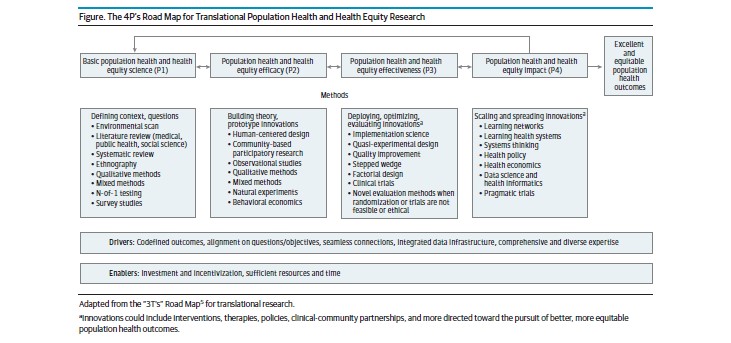Celebrating Black History Month
Post Date: February 25, 2022 | Publish Date:
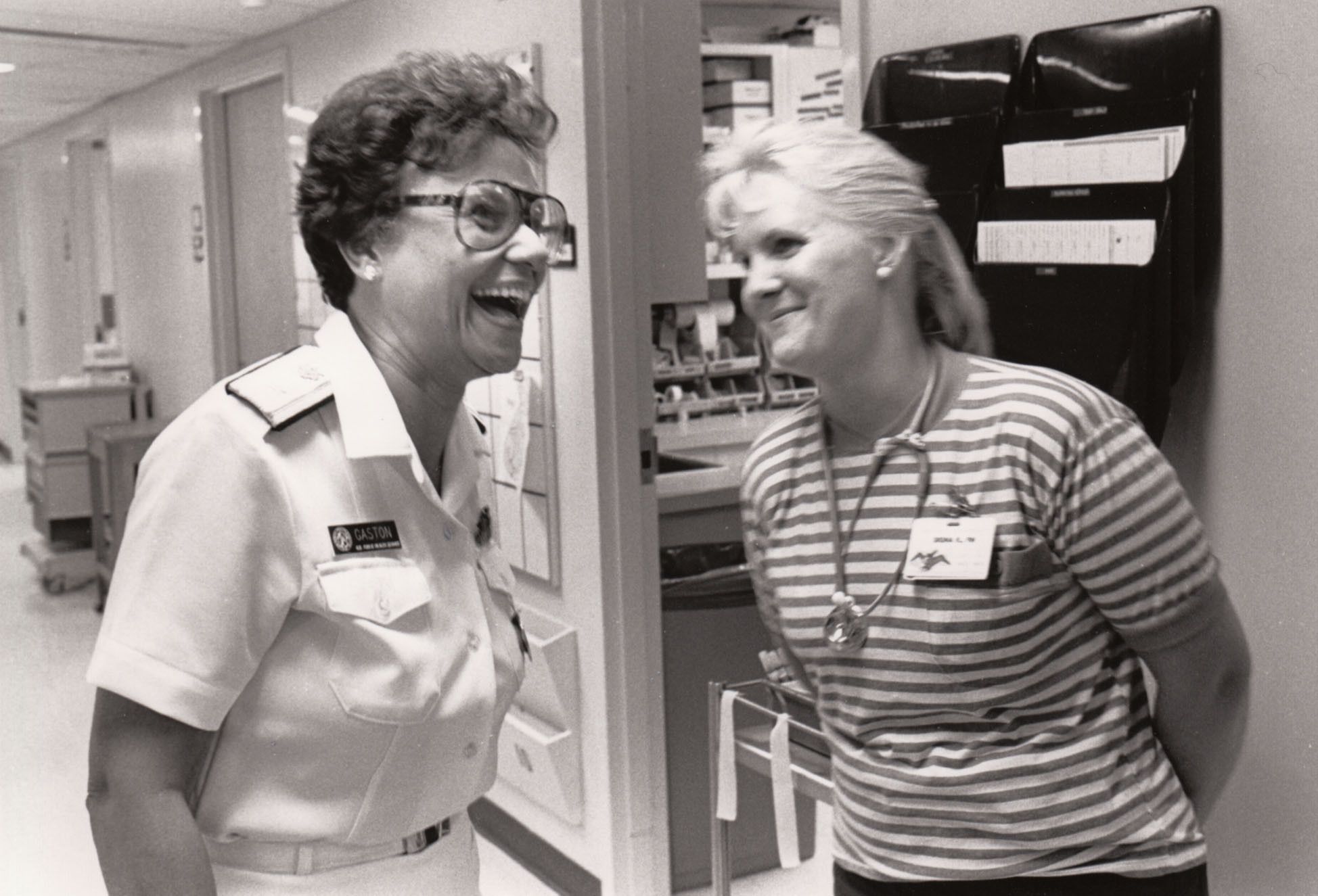
Marilyn Hughes Gaston, MD
Marilyn Hughes Gaston, MD, was born and raised in Cincinnati, Ohio and attended Miami University (Ohio) where she studied Zoology. Upon graduation in 1960, she enrolled in the University of Cincinnati College of Medicine.
When she began her studies, she was one of only six women and the only African-American woman in her year. She earned her medical degree in pediatrics in 1964.
Gaston became interested in sickle cell disease as an intern and her curiosity and drive led her to establish Comprehensive Sickle Cell Center at Cincinnati Children’s in 1973.
Gaston later became the first African American woman to direct a public health service bureau, the Bureau of Primary Health Care in the U.S. Department of Health and Human Services. She went on to serve as Assistant Surgeon General and Rear Admiral in the U.S. Public Health Service.
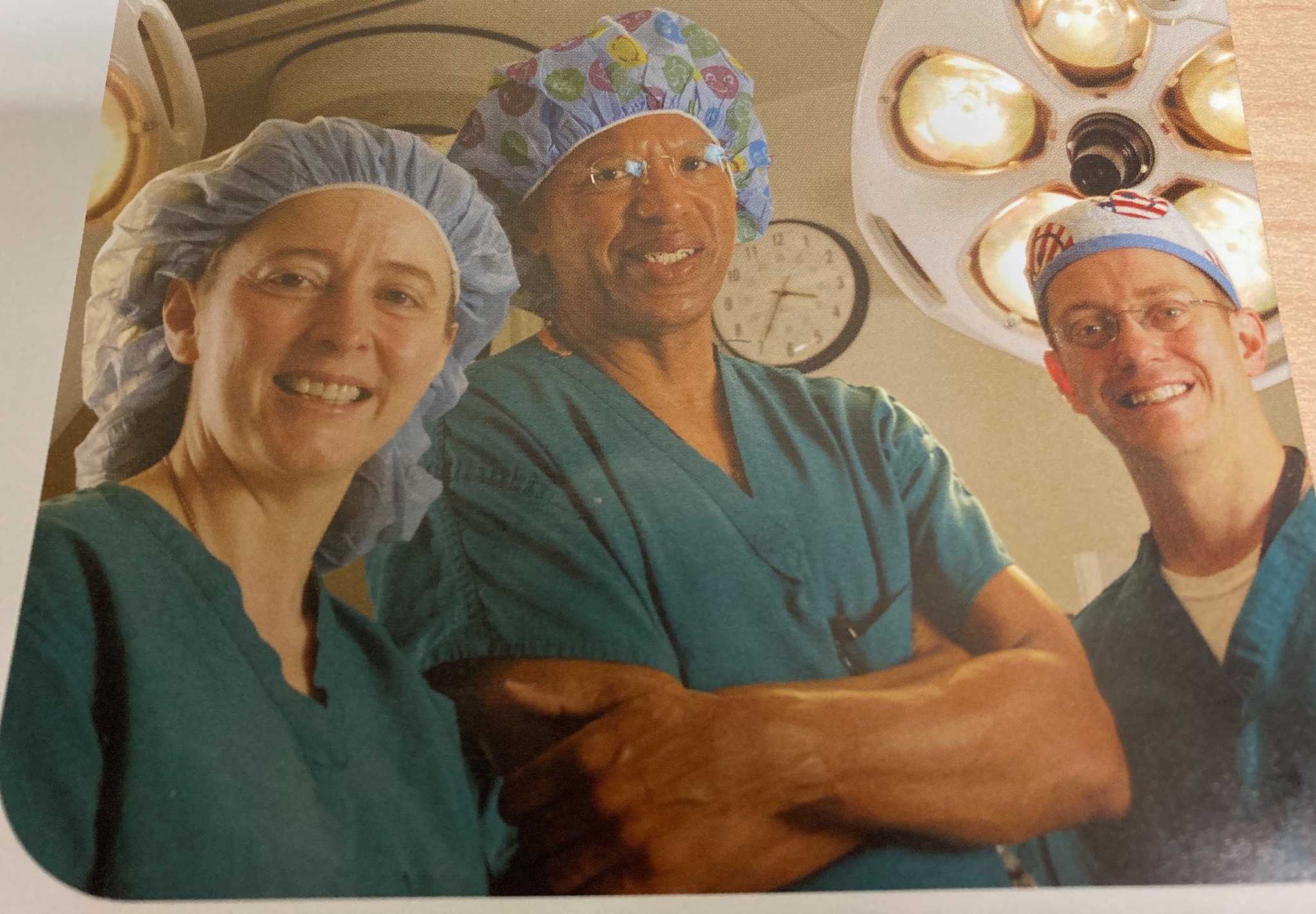
Victor Garcia, MD
Victor Garcia, MD, is a West Point graduate who studied under former U.S. Surgeon General C. Everett Koop. He joined Cincinnati Children’s in 1990 as the founding Director of Trauma Services, and has been a force ever since for reducing violence.
Garcia and Tom LeMaster, RN, devoted enormous time to improve the relationship between Cincinnati Children’s and the Emergency Medical Services community. They enhanced communication between the field and the Emergency Department by installing a stat line communication system, introduced Pediatric Life Supports as a service of Cincinnati Children’s, and concentrated resources on developing a community-wide trauma prevention program.
Garcia helped develop the African-American Injury Prevention Initiative, which became the BuckleUpForLife program—a partnership between Cincinnati Children’s and Toyota.
Garcia also helped launch the Cincinnati Initiative to Reduce Violence (CIRV), which began in 2007 as a partnership with city police, social service agencies, neighborhood leaders and others interested in reducing gun-related deaths.
In ongoing response to rising numbers of kids with gunshot wounds coming to the hospital, Garcia started Core Change in 2011, a group that brings together community members to address non-medical social determinants of health, such as concentrated poverty, violent crime and low-performing schools.
Garcia has been honored with many awards for his service, including:
- The Jefferson Award for Outstanding Public Service by an Employee in 2008.
- Being named a Great Living Cincinnatian in 2017 from the Cincinnati USA Regional Chamber,
- A Health Care Heroes Lifetime Achievement Award from the Cincinnati Business Courier
- And a Founder’s Award in 2019 from the Cincinnati Pediatric Society.
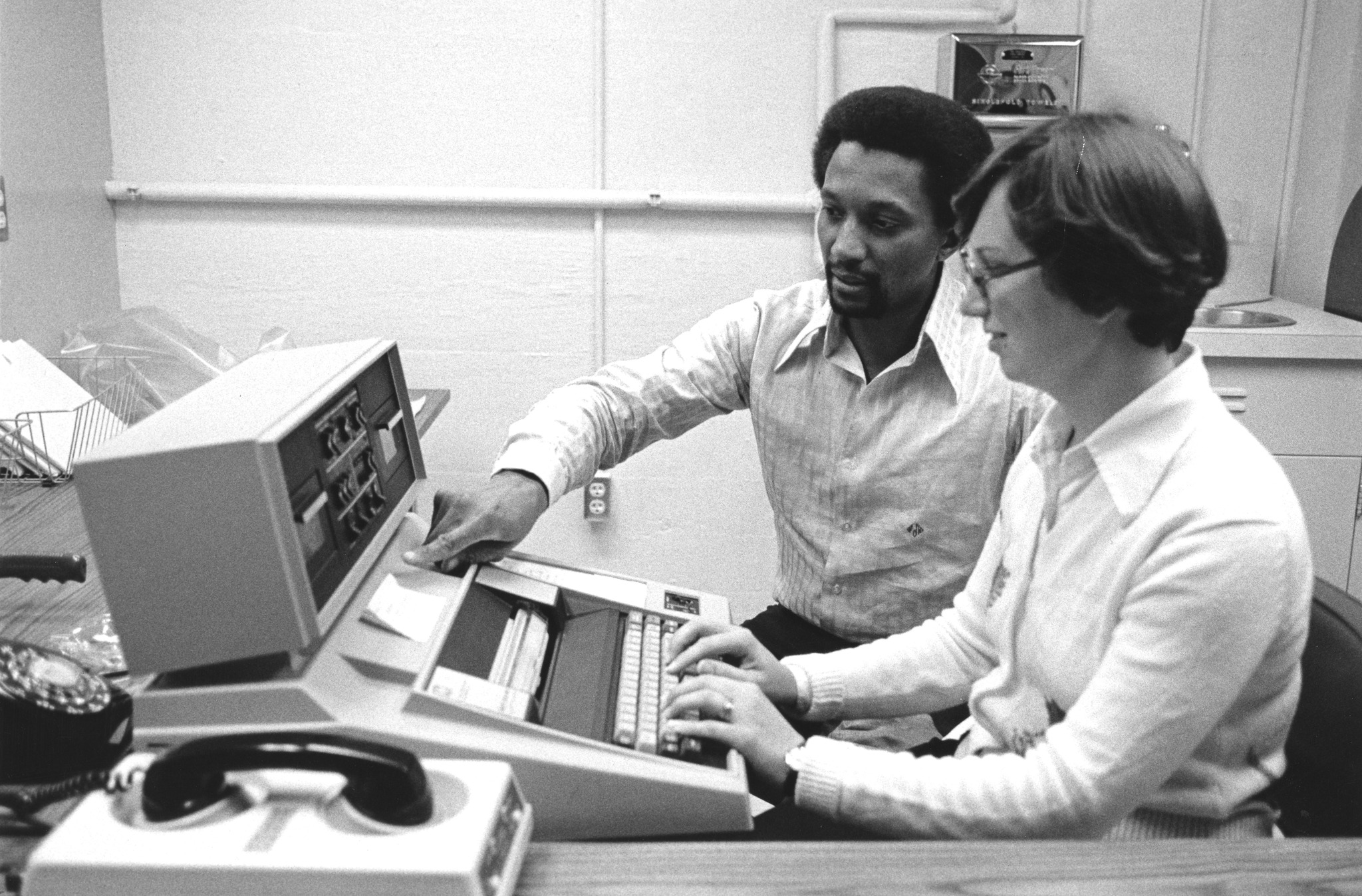
Frederick Woodrow James, MD
Frederick Woodrow James, MD, was born in North Little Rock, AR, and came to Cincinnati Children’s after he received his MD from Howard University College of Medicine, in 1966.
He did his internship with the University of Cincinnati Medical College (1966-67), followed by a pediatric residency at Cincinnati Children’s (1967-68).
While embarking on his pediatric cardiology fellowship (1968-69; 1971-72), he was called to serve in the U.S. Army, where he earned the rank of major as a pediatric cardiology consultant at Letterman General Hospital, San Francisco, CA (1969-71).
He completed his fellowship in 1972 and then served as a pediatric cardiologist and co-associate director, Department of Pediatrics, Cincinnati General Hospital.
While at Cincinnati Children’s, he developed improved audiovisual teaching aids for his third-year medical students in pediatric cardiology, devised a course for nurses caring for acute cardiorespiratory disorders, established the Research Center of Exercise Testing in postoperative cardiac patients and set up a cardiac clinic in Batavia, OH, to meet the needs of patients in Clermont County who had difficulty making it to their appointments in Cincinnati.
In 1999, James was selected to the Cincinnati Pediatric Historical Society’s Hall of Honor, located on the third floor of Location R.
“If we want to do something to improve healthcare in this country, we must spend our time and effort in the pediatric area,” says James. “A good system for kids means a great system for adults.” (Ohio Pediatrics, p.18, undated)
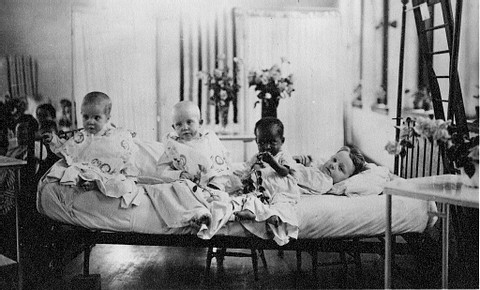
Inclusive from the beginning
The first annual report of the Board of Lady Managers of the Hospital of the Protestant Episcopal Church, dated October 18, 1884, concludes by stating:
“No respect is paid to ‘creed, color, or country,’ as regards to the admission of patients, all being welcomed and treated alike…We do not force any form of worship upon those who come to us, perfect liberty being granted, and respect paid to the faith of those who entrust their children to our care.”
This provision, which was re-stated in the hospital’s Code of Regulations, is historically important. It wasn’t until the mid-1960s, when the NAACP litigated a series of court cases all the way to the U.S. Supreme Court, that a legal foundation was established for elimination of overt discrimination in hospitals and professional associations.
With this founding statement of inclusion, Cincinnati Children’s was a forerunner, medically and culturally, in developing an environment where all children could benefit from the emerging field of pediatrics.
Playing leadership roles
Past Presidents of the Medical and Dental Staff
- Brad Jackson, MD, 2000
- Camille Graham, MD, 2004
Specialists
Anesthesiologist, veteran and heart transplant recipient, Edward Lowe, MD.
Founder’s Award – Cincinnati Pediatric Society
Acclaimed spine surgeon Alvin Crawford, MD, 2004
— article from Cincinnati Children’s Archives.
To learn more about Cincinnati Children’s history, check out the Archive’s Facebook page.



